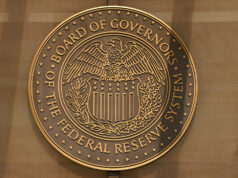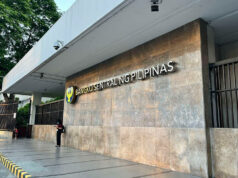Thrift banks’ non-performing loans up in Nov.
BAD LOANS held by thrift banks rose faster in November as lenders continued to grant more credit lines to borrowers, latest data showed, while reserves for losses dwindled from a year ago.
Non-performing loans (NPLs) of thrift banks rose by 14.5% to reach P47.765 billion, coming from P41.715 billion soured debts tallied as of November 2017, according to the Bangko Sentral ng Pilipinas (BSP).
NPLs are debts left unsettled for at least 30 days beyond due date. These are considered as risky assets given lower chances for borrowers to settle these balances, and would thus mean losses for lenders.
The growth in NPLs outpaced the 8.6% expansion in loan books, which grew to P913.977 billion from P841.283 billion granted a year ago.
Past due loans, which combine all credit lines behind payment schedule, surged by a faster 59.6% to hit P74.086 billion. Meanwhile, restructured loans – or balances enrolled for longer repayment periods — dropped by roughly a fifth to P4.976 billion, central bank data showed.
Thrift banks mainly serve individual borrowers and small businesses, which are deemed riskier markets compared to corporate clients. Central bank officials have reminded industry players to “remain vigilant” as loan quality appears to be declining, with the BSP asking thrift lenders to improve measures against credit risks to keep them on sound footing.
Despite the bigger NPL stash, the lenders even scaled down the amounts they set aside for possible credit losses. Loan loss reserves slid by 8.2% to just P26.189 billion from P28.513 billion in November 2017.
The amount is just enough to cover 54.83% of possible defaults, down from a 68.35% ratio last year and leaving banks more vulnerable to bigger losses should these debts remain unpaid.
Meanwhile, banks held more non-performing assets, with the value of acquired real property climbing to P23.234 billion from P21.784 billion previously. This represents real estate and other assets that were posted as collateral for loans, which have been seized by banks from defaulting lenders to recoup the principal loan amounts.
Still, the banks reported a bigger asset base as deposits grew by roughly five percent to P983.557 billion, which funded the entire loan portfolio. — Melissa Luz T. Lopez



